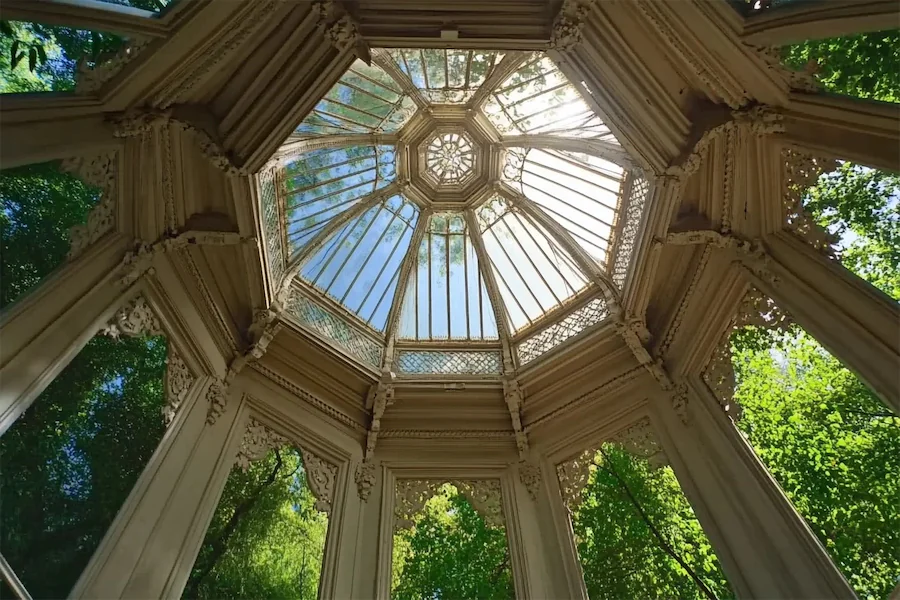An octagonal roof is an eight-sided structure commonly used to cover buildings with an octagonal footprint, such as gazebos, pavilions, and turrets. This unique design not only adds visual interest but also provides practical benefits, including efficient water runoff and structural stability.
History and Origins of Octagonal Roofs
The octagonal roof design has been utilized in various cultures and architectural styles throughout history. Its geometric form allows for efficient use of materials and space, making it a popular choice for structures like gazebos and pavilions. The symmetry and aesthetic appeal of octagonal roofs have contributed to their enduring presence in architectural design.
Key Features of Octagonal Roofs
- Geometric Symmetry: The eight-sided design provides a balanced and harmonious appearance, enhancing the visual appeal of the structure.
- Efficient Water Runoff: The sloping sides facilitate effective drainage, reducing the risk of water accumulation and potential damage.
- Structural Integrity: The interconnected triangular sections offer stability and can withstand various environmental stresses.
Applications of Octagonal Roofs
- Gazebos and Pavilions: Commonly used to create sheltered outdoor spaces that are both functional and aesthetically pleasing.
- Turrets and Towers: Employed in architectural designs to add vertical interest and a distinctive silhouette to buildings.
- Pergolas: Incorporated into garden designs to provide partial shade and support for climbing plants.
Considerations When Choosing an Octagonal Roof
- Construction Complexity: Building an octagonal roof requires precise calculations and skilled craftsmanship to ensure all sides fit together seamlessly.
- Material Selection: Choosing durable and weather-resistant materials is crucial to maintain the roof’s integrity and appearance over time.
- Maintenance: Regular inspections are necessary to address any wear and tear, especially at the joints and seams where water infiltration could occur.
Conclusion
Octagonal roofs offer a distinctive and attractive architectural solution for various structures, combining geometric elegance with practical benefits. While their construction may be more complex than traditional roofing styles, the resulting aesthetic and functional advantages make them a worthwhile consideration for both residential and recreational projects.
